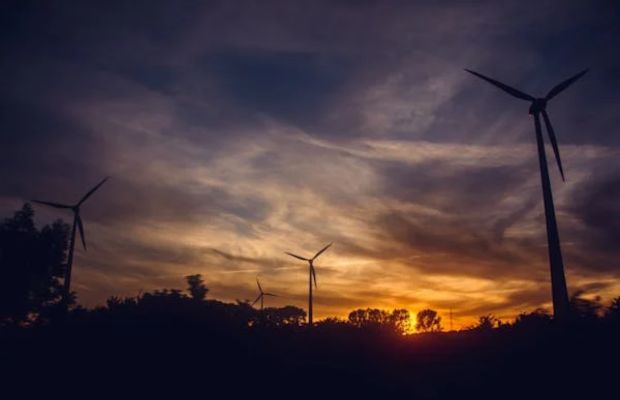Japan, long reliant on coal and liquefied natural gas (LNG) imports, is poised to become energy-independent by 2060, according to Jarand Rystad, CEO of Rystad Energy consultancy. Rystad’s forecast hinges on Japan’s embrace of renewable energy sources like solar and wind power, coupled with advancements in storage battery technology.
Currently, Japan imports the bulk of its energy resources, primarily from the Middle East, Australia, and the United States. However, the government aims to decrease its dependence on LNG and coal to less than 40% of the power generation mix by 2030, down from over 60% currently. Despite these ambitions, analysts warn that Japan’s progress in this regard has been slower than necessary.
Rystad challenges the prevailing notion in Japan that energy self-sufficiency is unattainable due to its lack of domestic resources. He asserts that advancements in renewable energy technologies make this belief outdated.
According to Rystad’s projections, Japan could achieve energy independence by 2060 through a mix of solar power (45%), wind generation (30%, with a focus on offshore farms), hydropower (5%), biomass and e-fuel (5%), and nuclear power (15%).
Rystad highlights the importance of continuing the momentum in solar energy installation, citing Japan’s track record of installing between 10 and 12 gigawatts annually before 2020. Last year, Japan added approximately 4 gigawatts of new solar capacity, bolstering its total solar capacity to 87 gigawatts, ranking third globally behind China and the United States.
Innovative approaches, such as integrating agriculture with solar panels to provide shade for crops, and installing solar rooftops above roads, are proposed to further expand the adoption of renewable energy.
Rystad emphasizes the significance of a diversified energy portfolio, combining offshore and onshore wind, solar, geothermal, and biomass, supported by robust battery and pumped hydro storage systems. He believes this comprehensive strategy positions Japan to achieve energy self-sufficiency within 40 years, or by 2060.

